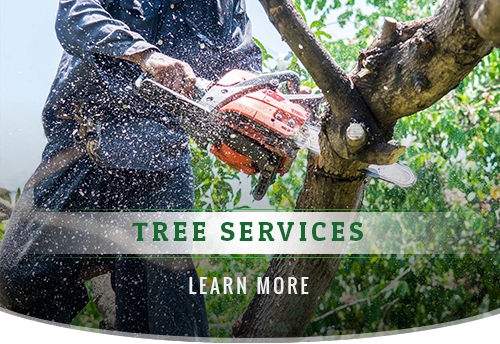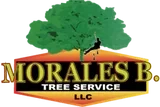How To Choose the Right Brooklyn Tree Service
When comparing tree removal companies, it's important to check for certain criteria, such as services and licenses. We go over some key factors below.
Vet the Company's Qualifications
Verify that your tree service provider holds the needed insurance policies, like professional liability, general liability, and workers' compensation insurance. These policies serve to protect both customers and workers. Your company's policy should specifically mention tree work coverage as otherwise, you may be held responsible for any injuries or damage on your property. There are no mandatory national certifications for tree removal, but companies may have certified arborists on their staff to perform inspections. This isn't required but does provide added benefits. Arborists are certified by the International Society of Arboriculture (ISA). They learn proper maintenance, preservation, and care techniques to protect tree health.
Get Quotes From Multiple Companies
Homeowners should obtain quotes from several companies to compare things like timelines, included services, and service fees. This helps you find the best deal.
Confirm the Company Performs Residential Tree Services
We recommend hiring a company that specializes in residential tree services. Residential tree companies have fewer city-mandated service restrictions compared to commercial companies, which must follow certain city ordinances.
Request a Tree Risk Assessment
A tree risk assessment (TRA) determines the likelihood of a tree breaking by examining the tree and its branches. This breaking is referred to as tree failure. Assessing tree failure helps service companies figure out the best ways to minimize the danger to their workers and your property. Speak with your tree removal service provider and make sure a TRA is completed before beginning work. These assessments are typically conducted by certified arborists. Some companies offer TRAs for free, while others charge an additional fee.
Ask About Stump Removal
Many tree removal companies can also remove stumps, either by hand or with specialized equipment. This is important because neglected stumps can decompose and attract disease and pests. Ask whether your tree removal company includes stump removal as a part of its services. It typically costs from $90 to $658, with the typical Brooklyn homeowner paying around $419.
How Much Does It Cost To Remove A Tree?
Tree removal services cost $408-$1,796, with an average cost closer to $838. Several factors influence the price, like project size, tree health, and tree size and type. Emergency services cost more, running at around $2,155. If multiple trees need to be removed, companies may charge by acre. Your price may also increase if your trees have a higher failure risk and need additional labor, equipment, or safety precautions.
Ready to Get a Quote on Your Tree Project?
Please enter a valid 5-digit zip code!
Frequently Asked Questions About Tree Removal in Brooklyn
What are some common tree issues?
What's the difference between tree trimming and tree pruning?
How can I tell if a tree is dangerous?
Do I need to hire a professional for tree removal?
Is it okay to leave a downed tree on my lawn?
To share feedback or ask a question about this article, send a note to our Reviews Team at reviewsteam@thisoldhousereviews.com.













